Filter Resources by Tags

SBIR Series: Budgeting, Compliance & Post-Award Basics
This is the final installment in our five-part SBIR series designed to help small businesses write better proposals and actually transition to Phase II/III. We’ve already talked about a Fit Brief (why you and why now), aligned it with the right agency and topic, scoped a defensible Phase I Mini-Plan, and crafted a go-to-market strategy in the form of a Commercialization & Transition One-Pager. Now it’s time to bring it home, by building a clean, compliant submission packet and setting yourself up to survive what comes after the award.

SBIR Series: Commercialization That Converts: Real Paths to Phase II/III
Too many Phase I SBIR proposals end with the same vague promise: “We’ll figure out commercialization later.” But kicking the can down the road doesn’t cut it anymore, not with more agencies pushing for measurable transition plans and defendable Phase III pathways. If you’re serious about moving from prototype to purchase order, you need a commercialization approach that converts.

SBIR Series: The Phase I Work Plan (Without the PhD-Speak)
If you're tackling your first SBIR or STTR proposal, welcome to the part that makes reviewers either nod in confidence or toss your file into the “nah” pile. It’s not about showing off credentials or flooding them with jargon. Your Phase I Work Plan is where you convince reviewers that (1) you’re solving a real problem, (2) you know exactly how to test your idea, and (3) you’re not guessing, you’re planning. Let’s walk through how to write a feasibility plan that earns trust, not shrugs.

SBIR Series: Matching Your Tech to the Right Agency & Topic
So you’ve nailed down your problem, its technical readiness level (TRL), and your end user. Great start. But now comes the part where most small businesses stall out or burn out, trying to find a match in the messy jungle of SBIR topics. Instead of “spray and pray,” it’s time to make your agency targeting deliberate and data-driven.

SBIR Series: Fit, Feasibility, and a Go/No-Go You Can Trust
The Small Business Innovation Research (SBIR) program dangles a juicy carrot: non-dilutive federal funding to turn your tech idea into a reality. No equity. No payback. Just funding to validate, build, and scale. Sounds like a no-brainer, right?
Not so fast.
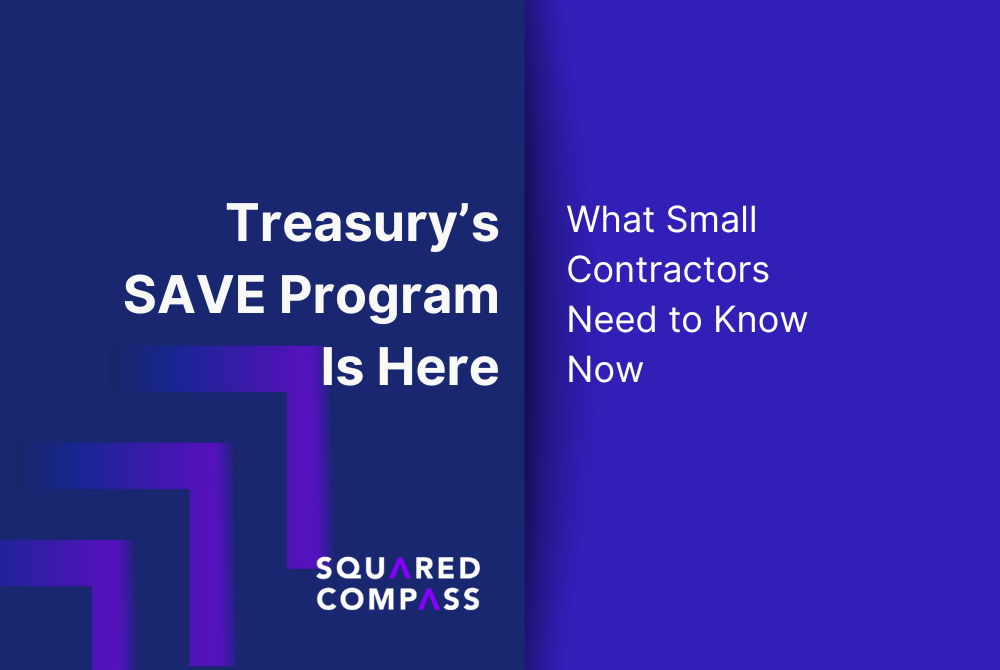
Treasury’s SAVE Program Is Here: What Small Contractors Need to Know Now
The Treasury Department and GSA just rolled out a bold new initiative aimed at cutting contract waste: the Savings Award for Verified Efficiencies (SAVE) Program. This is more than just another performance metric. SAVE puts cash on the table for federal employees who recommend legitimate contract cancellations or descoping actions. If their idea sticks, they can earn up to $10,000 per contract action. For contractors, especially small businesses, this initiative introduces both risk and opportunity.

FAR’s Plain-Language Overhaul Is Here: What Small Contractors Need to Know Now
The federal government just dropped a sweeping rewrite of four key parts of the FAR, and while it won’t shake the ground under your feet, it does shift the terrain. The changes are designed to streamline language, not add new rules. But if you’re a small business working in federal procurement, it’s time to update your playbooks.

We’re In: Squared Compass Awarded Spot on Texas DBITS
It’s official, Squared Compass has been selected as an approved vendor on the Texas DBITS contract vehicle. This is a major milestone for our team, our mission, and the clients we serve.
We’ve always said that smart strategy wins contracts. Now we get to prove it at a whole new level, as a pre-qualified DBITS vendor, ready to support IT initiatives across the State of Texas. From proposal support to procurement strategy to full-spectrum delivery, we’re showing up stronger than ever.
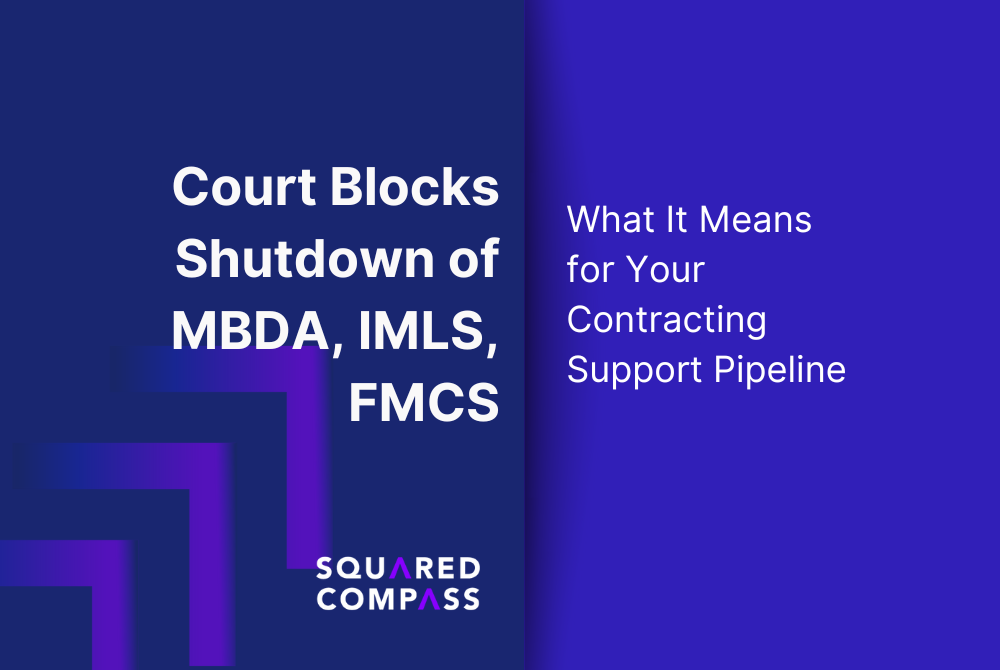
Court Blocks Shutdown of MBDA, IMLS, FMCS: What It Means for Your Contracting Support Pipeline
A federal appeals court just stopped the Trump administration from dismantling three key support agencies for small businesses: the Minority Business Development Agency (MBDA), the Institute of Museum and Library Services (IMLS), and the Federal Mediation and Conciliation Service (FMCS). If you’re a small contractor, or advising one, this is a big deal. It means critical resources that help you get certified, grow, and avoid labor disruptions just got a lifeline.

SBA’s Size Standards Are About to Shift , Here’s What Small GovCon Firms Need to Do Now
The Small Business Administration is gearing up to raise the revenue-based size standards that determine whether your business qualifies as “small” under federal rules. If you rely on 8a contracts services, women owned small business certification, or are pursuing disabled veteran government contracts, this could be one of the most important regulatory changes of the year.

FAR vs. Agency Supplements: What Changes, What Doesn’t, And Why It Matters for Small Contractors
If you're navigating the federal procurement maze, you’ve probably heard of the FAR, the Federal Acquisition Regulation. It's the government-wide playbook for how federal agencies buy goods and services. But what many small businesses don’t realize until it’s too late is that the FAR isn’t the only rulebook. Agency-specific supplements, like the DFARS for the Department of Defense or the GSAR, which is part of the broader GSAM for GSA, can and do change the rules.
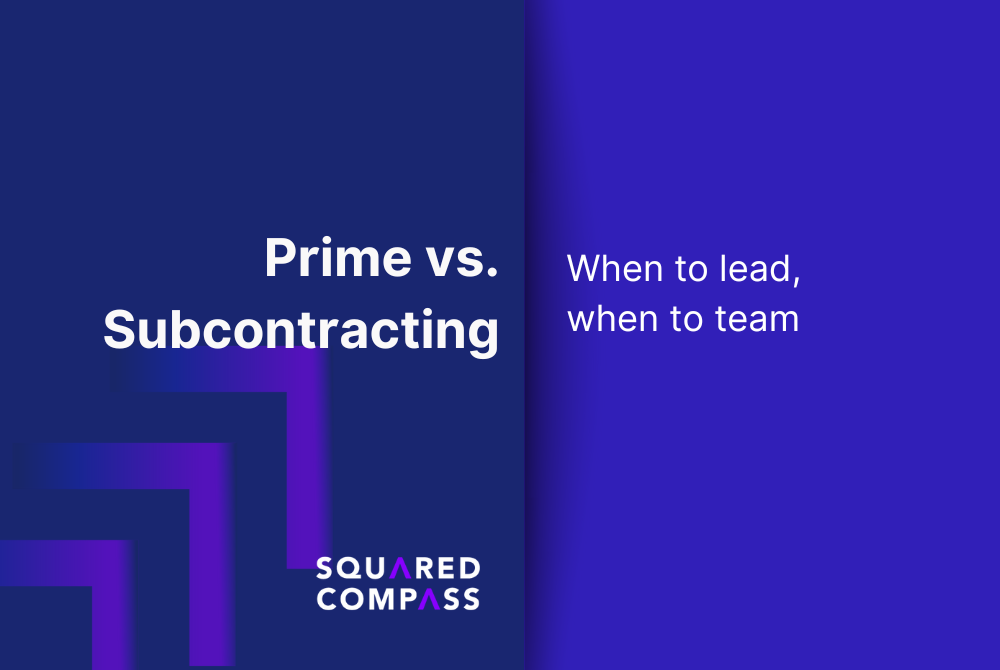
Prime vs. Subcontracting: When to lead, when to team
Two developments just shifted the prime-vs-sub calculus for small federal contractors. First, the Pentagon finalized the CMMC rule; requirements start appearing in solicitations beginning 11/10/2025 with a phased rollout over three years. Translation: cybersecurity readiness is no longer a “someday” item, your role choice will hinge on your CUI/FCI exposure and your readiness to pass assessments. Second, access to huge swaths of services and IT work continues to flow through mega-vehicles—OASIS+ (still navigating protests), SEWP V (extended through 10/31/2025 while SEWP VI moves forward), and CIO-SP4 (still in flux). If you’re not on a vehicle, you’ll often need to team with someone who is.
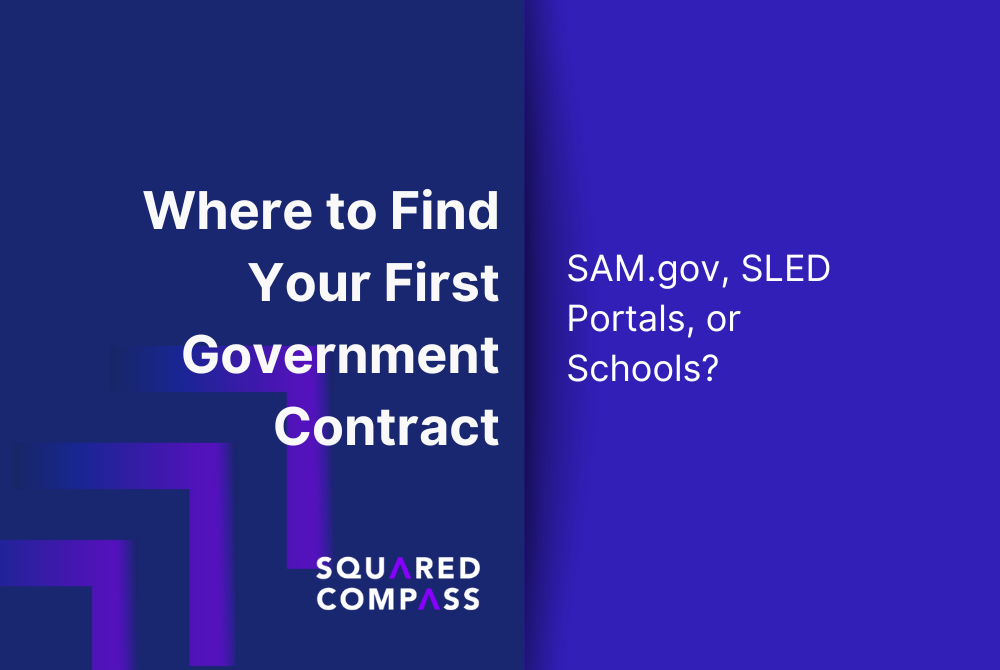
Government Contracting: Federal, State/Local, and School Opportunities
If you're a small business trying to land your first government contract, you’ve probably heard of SAM.gov. Maybe even registered. But that’s just one piece of the puzzle. State and local government (SLED) portals—and even individual school district sites—can offer clearer, quicker wins for newcomers. Knowing where to look first can save you time, money, and a lot of frustration.
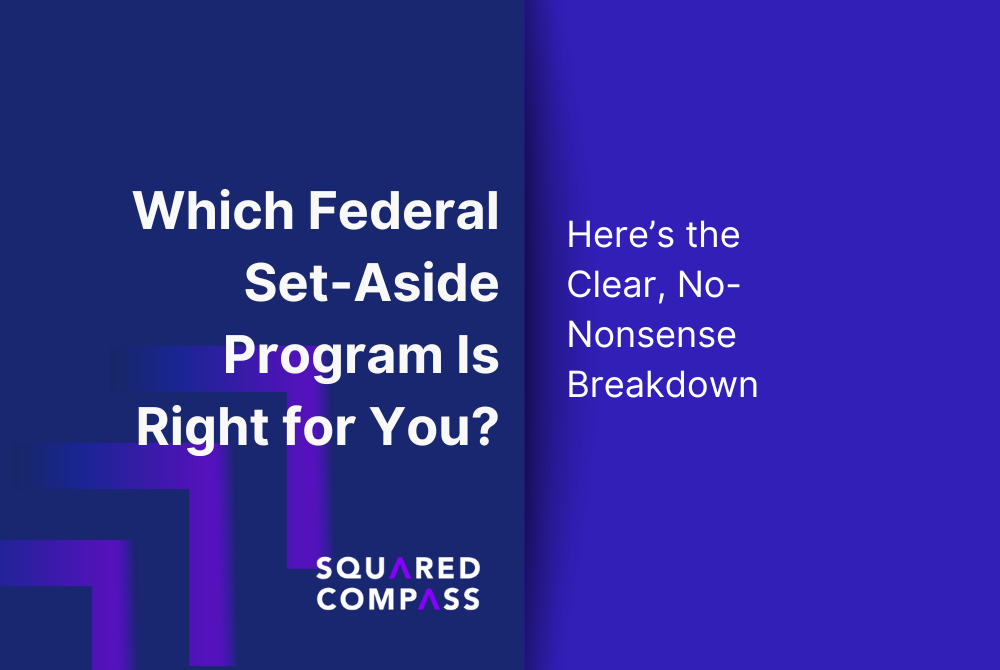
Which Federal Set-Aside Program Is Right for You? Here’s the Clear, No-Nonsense Breakdown
If you’ve been circling the world of government contracting but aren’t sure which set-aside certification to pursue first, you’re not alone. The SBA and federal agencies offer a buffet of options, 8(a), WOSB/EDWOSB, SDVOSB, HUBZone, but choosing the wrong one (or going after all at once) can waste time, energy, and opportunity. With new rules tightening certification requirements and more agencies under pressure to meet small business goals, now’s the time to make a strategic choice.
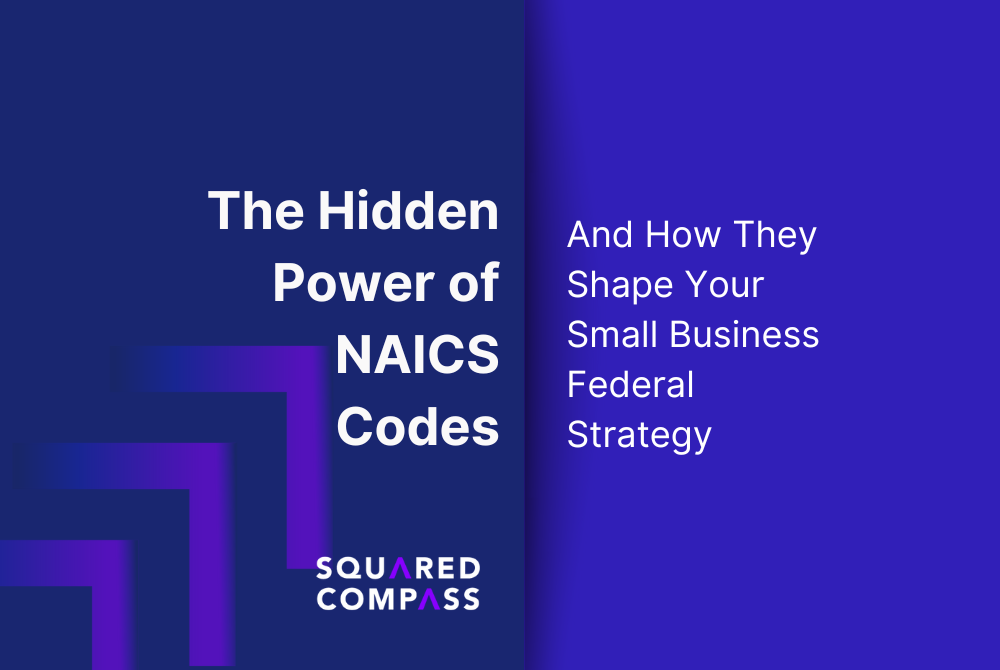
The Hidden Power of NAICS Codes: And How They Shape Your Small Business Federal Strategy
If you’ve ever wondered why you're not showing up in SAM.gov searches—or why your bids are falling flat—it might come down to three unassuming numbers: your NAICS codes. Choosing and managing them correctly isn’t just a compliance issue. It’s a visibility and opportunity engine. And in 2025, with new SBA size standards and NAICS changes in motion, it's more important than ever to get this right.
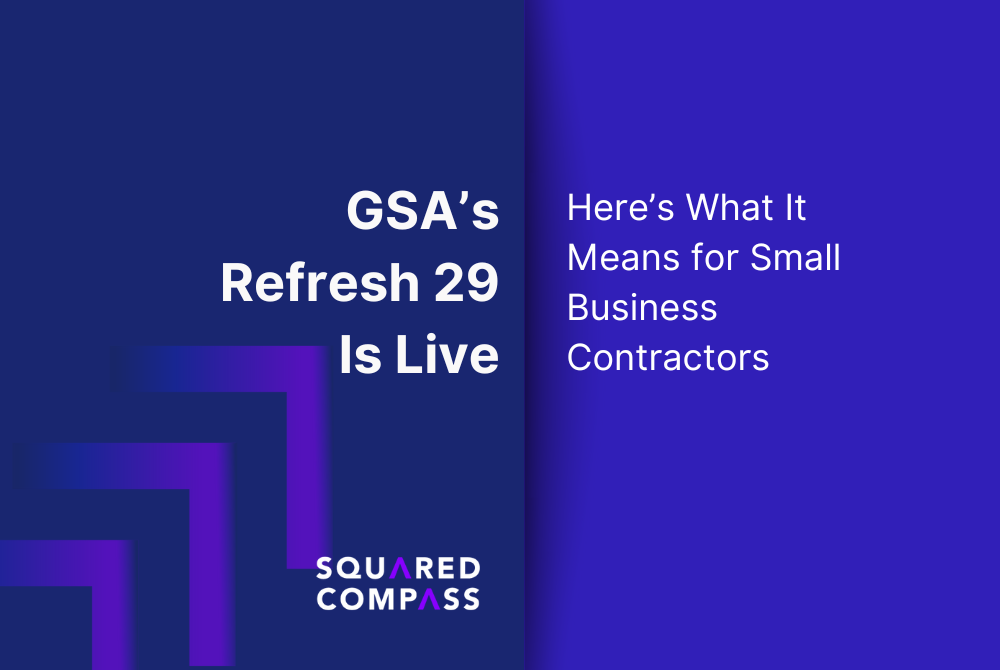
GSA’s Refresh 29 Is Live. Here’s What It Means for Small Business Contractors
If you’re a small business with a GSA MAS contract, now’s the time to pay attention. GSA has officially released Solicitation Refresh 29, and it brings several significant changes that will affect how you manage your contract, price your products, and position your business. From mandatory modifications to catalog overhauls and pricing flexibility, this refresh isn’t just bureaucratic housekeeping, it’s a signal to adapt or risk falling out of compliance.
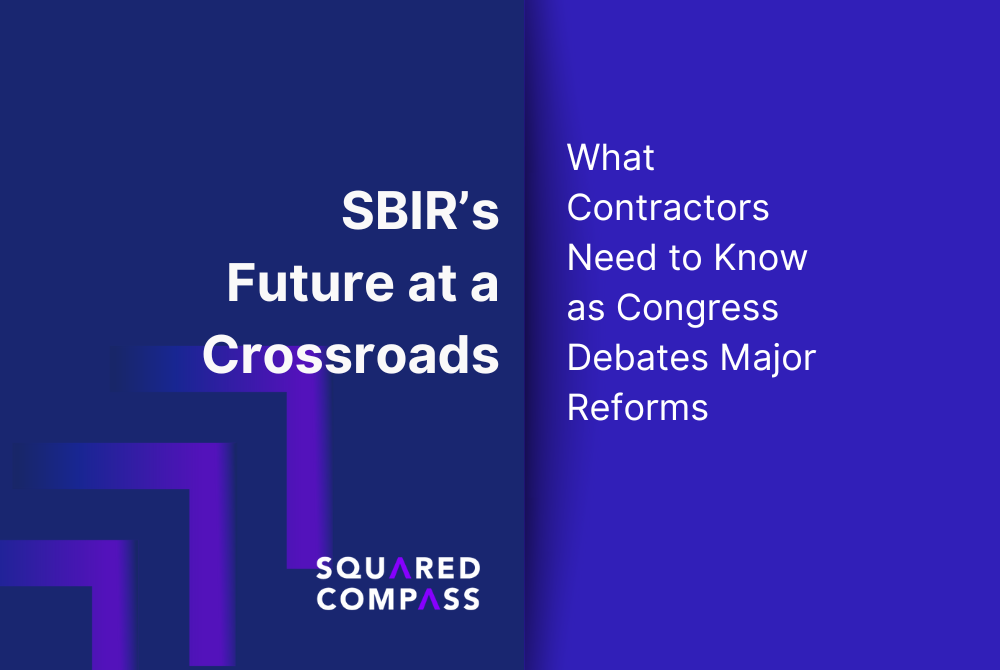
SBIR’s Future at a Crossroads: What Contractors Need to Know as Congress Debates Major Reforms
If you’ve ever tapped into SBIR funding—or considered it—pay attention. Congress is in the middle of a heated debate over whether to overhaul, expand, or just extend the federal government’s flagship innovation funding program for small businesses. And with the current authorization set to expire September 30, 2025, what happens next could reshape R&D contracting opportunities for years.

The $1.2B Army Contract That’s Raising Eyebrows and What Small GovCon Firms Should Learn From It
A nearly bare-bones small business just landed a $1.2 billion U.S. Army contract to manage detention facilities and the GovCon world is stunned. Acquisition Logistics LLC, a little-known firm with no website and minimal public footprint, was awarded the massive deal to run Camp East Montana, a proposed migrant detention center.

Fast-Track DoD Contracts: Big Wins or Big Risks for Small Businesses?
The Department of Defense is racing to modernize how it buys technology, pushing out a suite of “fast-track” pathways like SWFT, CSOs, and OTAs to speed up acquisitions. That’s good news for small businesses… right? Well, it depends. While these programs promise quicker awards and lower barriers, they also bring tighter timelines and far less transparency.
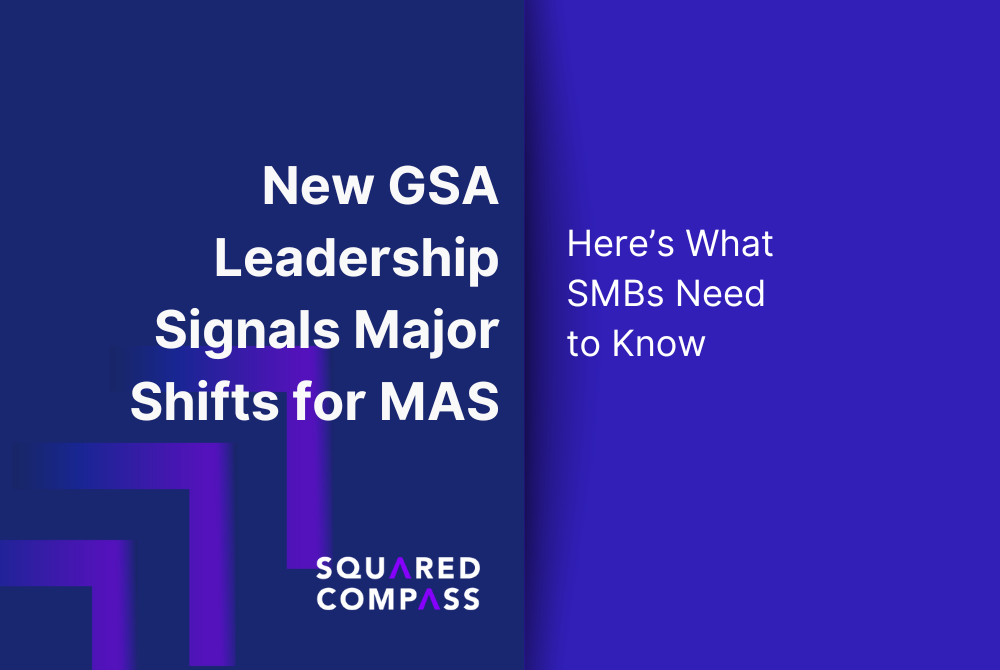
New GSA Leadership Signals Major Shifts for MAS—Here’s What SMBs Need to Know
GSA just entered a new chapter. President Trump’s nomination of Edward “Ed” Forst—a private-sector exec with deep finance and real estate roots—as GSA Administrator marks a clear pivot. While not yet confirmed, Forst’s profile and the agency’s recent moves under acting Administrator Michael Rigas signal a strong alignment with Trump’s efficiency-driven procurement agenda. For small and mid-sized businesses (SMBs) on or eyeing the GSA Schedule, that means one thing: change is already here.
